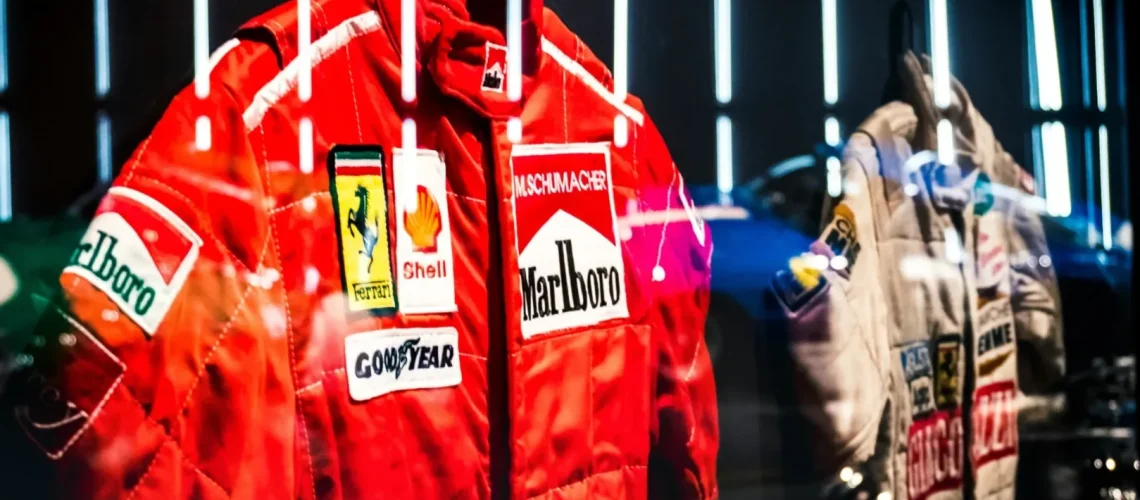The Abu Dhabi GP is an important event in the Formula 1 calendar, known for its exciting races and stunning Yas Marina Circuit. This year, it will be the testing ground for advanced technology as Formula 1 tries out AI. The goal is to improve race management and driver safety using creative AI solutions. In this article, we will look at how this technology could transform track limit monitoring and enhance safety protocols, providing a glimpse into the possible future of motorsport.
The Role of AI in Formula 1
Artificial intelligence is changing industries all over the world, and motorsport is no different. With its ability to learn from data and analyze large amounts of information quickly, AI is proving to be an essential tool for organizations like the FIA.
How AI is Used in Formula 1
One of the most significant ways AI is being used in motorsport is through Computer Vision technology. This technology uses algorithms to understand video feeds, providing real-time insights that are vital for effective race management. By studying footage from various cameras, Computer Vision helps keep track of track limits making sure drivers follow the rules and compete fairly.
The Importance of AI in Monitoring Track Limits
Traditional methods of tracking these limits often rely on manual processes that are susceptible to human mistakes. By using AI instead, the FIA hopes to achieve accurate and efficient monitoring, making processes that used to require a lot of effort and time much smoother. This not only helps enforce rules consistently but also lightens the burden on race officials, allowing them to concentrate on other important parts of managing a race.
Setting New Standards in Motorsport
By adopting these technological advancements, Formula 1 remains at the forefront of innovation in motorsport, establishing new benchmarks for accuracy and effectiveness.
Enhancing Track Limit Monitoring with Computer Vision
How Computer Vision Works: A Deep Dive into Video Analysis for Race Management
By utilizing advanced video analysis, this AI-driven approach enables real-time detection of track limit violations. The process begins with feeding multiple camera angles into sophisticated algorithms designed to identify instances where drivers cross the white line boundaries with all four wheels.
1. Algorithm Efficiency
These algorithms are capable of processing vast amounts of video data rapidly, ensuring that any breach is detected almost instantaneously. This capability allows for precise and immediate identification, reducing the need for manual review and intervention.
2. Multiple Angles
Utilizing feeds from various camera positions ensures comprehensive coverage of the track. It minimizes blind spots and enhances the accuracy of detection, providing a holistic view that manual methods often lack.
3. Real-Time Monitoring
Automated monitoring systems offer the advantage of real-time updates on track limit breaches.
Comparing traditional methods to this automated approach highlights significant advancements:
Manual Monitoring:
- Labor-intensive, requiring officials to manually review footage.
- Prone to human error, which can lead to inconsistent enforcement.
- Time-consuming, often resulting in delayed decision-making.
AI-Powered Systems:
- Automated processing reduces the workload on FIA officials.
- Enhanced accuracy diminishes the likelihood of oversight or error.
- Quick turnaround times ensure consistent and timely enforcement of regulations.
By implementing Computer Vision, Formula 1 aims to significantly improve the efficiency and reliability of track limits monitoring. This experiment at Abu Dhabi GP represents a pivotal step towards integrating AI technologies more holistically into race management processes.
Expected Impact on Race Management Efficiency: Streamlining Workload for FIA Officials at ROC
The use of AI-powered Computer Vision technology at the Abu Dhabi GP is a significant improvement in monitoring track limits. This system can analyze video footage and detect violations in real time, which means it has the potential to greatly decrease the number of track limit violations reported during each race.
Here are some benefits we can expect from this advancement:
- Efficiency Improvements: Automated monitoring provides officials with precise data, reducing the need for labor-intensive manual checks.
- Faster Decision-Making: Real-time insights allow for quicker response times, streamlining the process of enforcing regulations.
- Consistency in Enforcement: AI ensures uniformity in applying rules, addressing challenges faced by officials at high-speed circuits like Yas Marina.
Formula 1’s decision to experiment with AI at the Abu Dhabi GP shows its commitment to using advanced technology for better race management processes.
Testing New Safety Systems: The Role of AI in Enhancing Driver Safety at the Abu Dhabi GP
The Abu Dhabi Grand Prix is a premier testing ground for cutting-edge safety technologies, with a strong focus on improving driver protection. One standout experiment is the rain safety system, designed to enhance visibility and response during wet conditions. This innovation uses synchronized red rain lights on all participating cars, activated through AI-driven controls.
Benefits of the Rain Safety System
Enhanced Visibility: The synchronized lights improve visibility for drivers in rain-soaked races, reducing the likelihood of accidents.
Real-Time Response: AI ensures the lights activate instantly and uniformly across all vehicles, creating a consistent safety layer.
This initiative showcases the FIA’s commitment to leveraging AI not only for race management but also to pioneer safety advancements. Alongside these systems, web development and web design are being used to create real-time dashboards and responsive interfaces that allow engineers, race officials, and fans to monitor safety data seamlessly.
Conclusion
AI’s role in Formula 1 marks the start of a new era of technological progress in motorsport. From predictive analytics to advanced safety protocols, these tools are revolutionizing efficiency and driver protection. By integrating web development and web design into race monitoring platforms, teams gain more intuitive tools to visualize safety data and optimize performance.
Stay tuned for upcoming races to see how AI continues shaping Formula 1, making it safer, smarter, and more innovative than ever.





